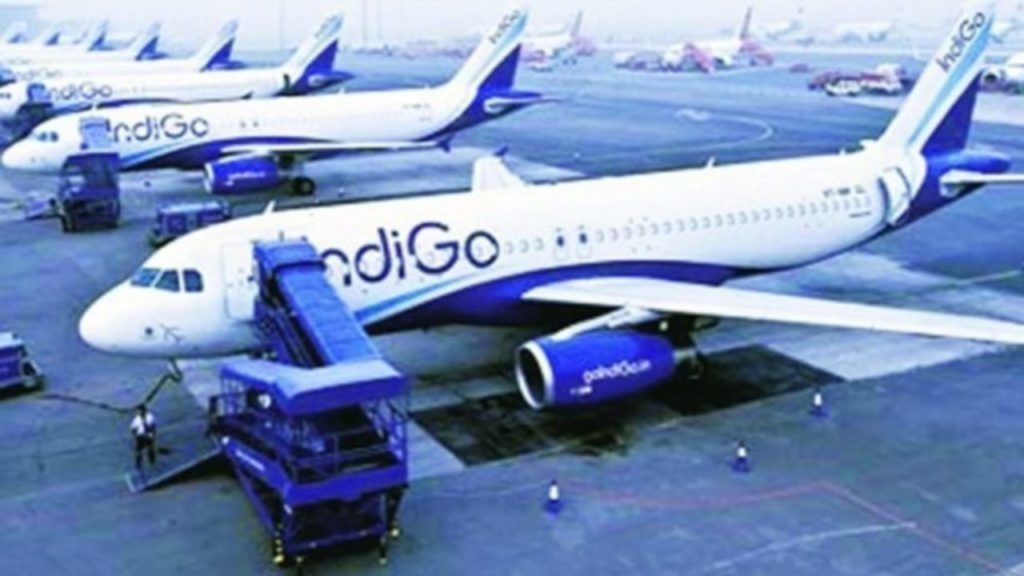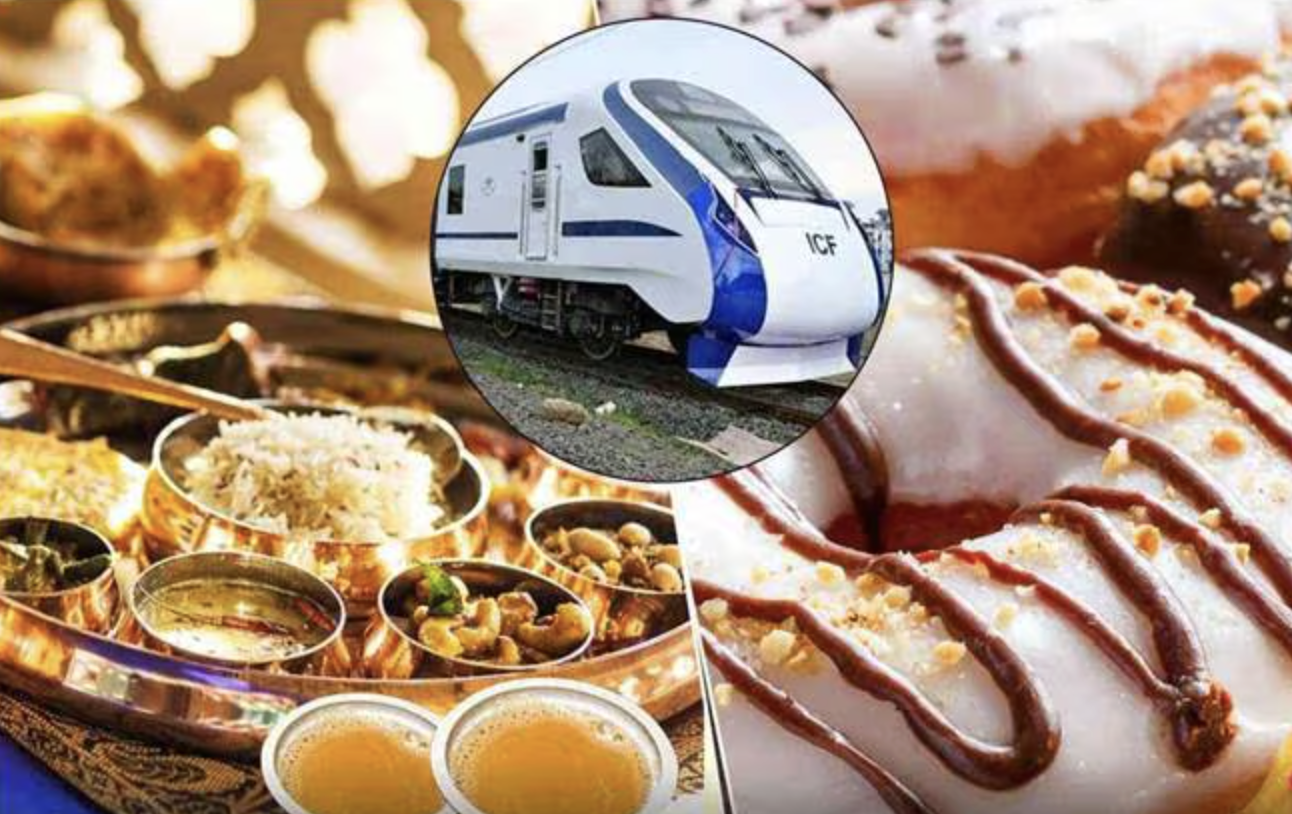Concerns have been raised over the Indian aviation market’s consolidation into the hands of two major players following Air India’s announcement of group airline consolidation and Singapore Airlines’ confirmation of Vistara’s merger with Air India.

IndiGo Operates 72% Of Monopoly Routes
According to OAG Aviation’s flight schedule data for July, IndiGo operates a significant 830 out of the 1,048 operational routes in India. Alliance Air, the only government-owned airline, operates 158 routes, while Air India and SpiceJet operate 153 and 119 routes respectively. Vistara, which recently celebrated carrying its 50 millionth passenger and is slated to merge with Air India next year, operates 100 routes based on OAG data.
Of the 1,048 routes, 769 are monopolies where only one airline operates. IndiGo operates a staggering 552 (72%) of these monopoly routes and 66% of its total routes.
A closer look at the schedule reveals that IndiGo has successfully connected cities not mandated under the Route Dispersal Guidelines. This includes flights to Goa from Bhopal, Vadodara, Dehradun, and Rajkot, as well as connections between Tier 2 cities like Lucknow and Ranchi, or Bhopal and Udaipur, which fuel tourism and trade.
While IndiGo dominates in terms of routes, there are only 24 routes among all the routes it operates where it is not the frequency leader. However, this is when considering Air India, Air India Express, AirAsia India, and Vistara as separate entities.
Air India Group Airlines Have Frequencies On 79 Additional Routes
Combining the Air India group airlines, they have more frequencies than IndiGo on 79 routes. Additionally, there are 145 routes where a duopoly exists.
IndiGo is projected to operate 60% of all frequencies in India, translating to 64% of the total seats available. Air India follows with a 10% share of total seats, while Vistara and AirAsia India each hold 8%. Collectively, the Tata group airlines account for 26% of overall capacity.
SpiceJet currently holds a mere 4% share of total seats, while Akasa Air stands at 3%. Akasa Air has more capacity than SpiceJet in major airports such as Mumbai, Bengaluru, Guwahati, Chennai, and Ahmedabad. However, in Delhi, SpiceJet has a 9% share compared to IndiGo’s commanding 46%, while Tata group airlines collectively hold 42%.
The dominance of IndiGo and the Tata group airlines suggests better connectivity and stability for cities and routes compared to other airlines that have faced disruptions. Strong airlines also benefit airports, especially those that have struggled with pending dues in the past due to airline failures.












